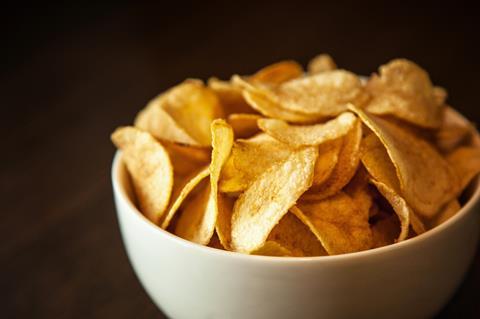
The conversation about ultra-processed foods is getting louder – and more polarised.
Headlines label them “toxic” and “addictive,” pushing a narrative that paints UPFs as the root of all health issues. But here’s the problem: UPFs aren’t a single food category. They span the entire food system – from sliced bread to medical nutrition – and the lines aren’t nearly as clear-cut as critics would have us believe.
Even those leading the anti-UPF charge are operating in the grey areas. The recent ASA ruling on a product by Zoe argued that it contained ingredients that would be seen as UPFs. So while Zoe continues to critique UPFs publicly, it’s also accused of marketing them.
That contradiction alone highlights the confusion we’re all facing. If the experts can’t agree, how can consumers be expected to navigate this? And how as an industry do we appropriately respond?
For those of us developing food and supporting brands to do better, this all-or-nothing rhetoric is stifling. There’s pressure to remove ingredients and simplify food – but when we do, we risk compromising shelf life, safety, nutritional value or affordability. The industry is constantly being told to change, yet punished for how it tries to do so.
It’s not that all UPFs should be defended – far from it. There are products that absolutely need to be improved. But condemning everything with an “ultra-processed” label is lazy, and it’s harming progress. It strips away context: why a product exists, who it serves, and what trade-offs have been made to make it work for real people in real life.
Food shaming
Often, it’s women who bear the brunt of this food shaming. A recent social media post criticised pre-sliced cooked chicken, suggesting we’d all be better off roasting and stripping our own.
I found this infuriating. Cooking a whole chicken might be ideal – but let’s be realistic. That kind of advice ignores the mental load, time pressures, and chaos of daily family life.
It also leans heavily on outdated gender roles, implying that using shortcuts somehow means you’re failing. We’re all doing our best. And sometimes, a pack of sliced chicken is the best decision available for consumers.
The current narrative around UPFs doesn’t just ignore these lived realities – it fuels shame. It increases anxiety. It risks alienating the very people trying to make food better and more accessible. And it’s not grounded in strong evidence. Many of the most-cited studies are observational, relying on dietary recall and flawed assumptions. Correlation is not causation, and yet public policy and consumer perception are being shaped by these incomplete conclusions.
At the same time, many UPFs are genuinely beneficial. For individuals with sensory challenges, for low-income families with limited access to fresh food or cooking facilities, for anyone simply trying to stay afloat – these products often provide reliability, nutrition and safety. That matters.
If we truly want to build a better food system, we need a more grown-up conversation. Less fearmongering. More nuance. Let’s push for reform where it’s needed – more fibre, fewer additives – but let’s do it with honesty and respect for the complexity of people’s lives.
Blanket demonisation doesn’t drive improvement. It drives division. We don’t need more shame. We need better food – and better ways of talking about it.
Lucy Wager, founder, Pudology








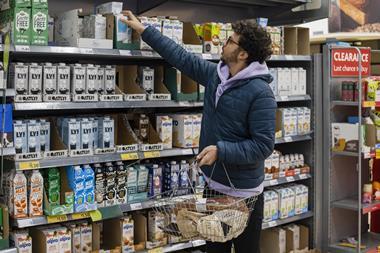
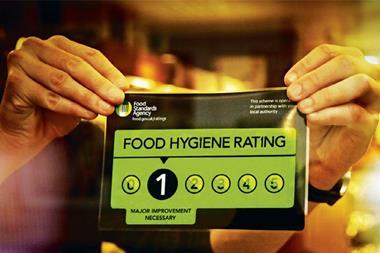

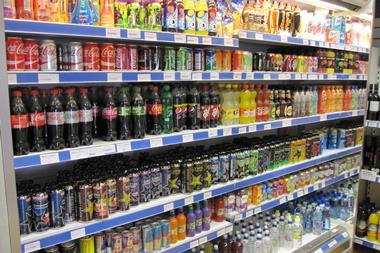


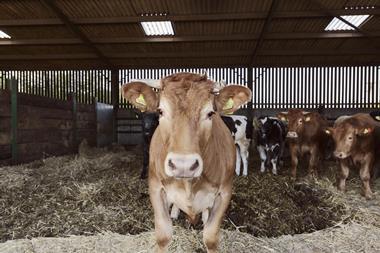
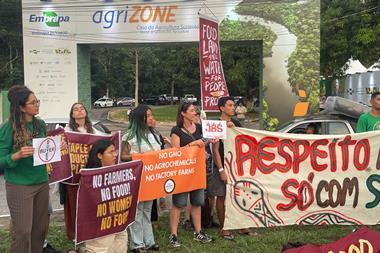



No comments yet